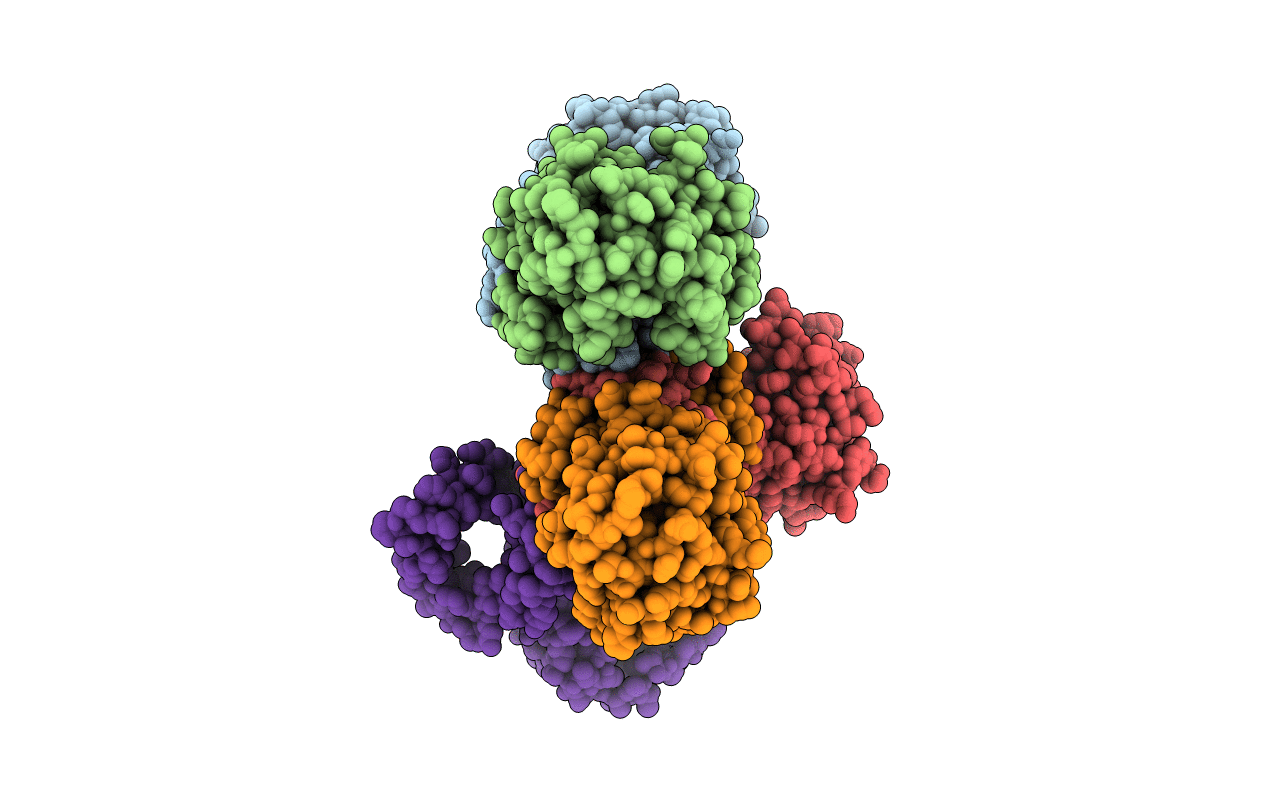
Deposition Date
2016-12-20
Release Date
2017-03-15
Last Version Date
2023-10-04
Entry Detail
PDB ID:
5UAX
Keywords:
Title:
Structure of apo human PYCR-1 crystallized in space group C2
Biological Source:
Source Organism:
Homo sapiens (Taxon ID: 9606)
Host Organism:
Method Details:
Experimental Method:
Resolution:
1.85 Å
R-Value Free:
0.19
R-Value Work:
0.17
R-Value Observed:
0.17
Space Group:
C 1 2 1


